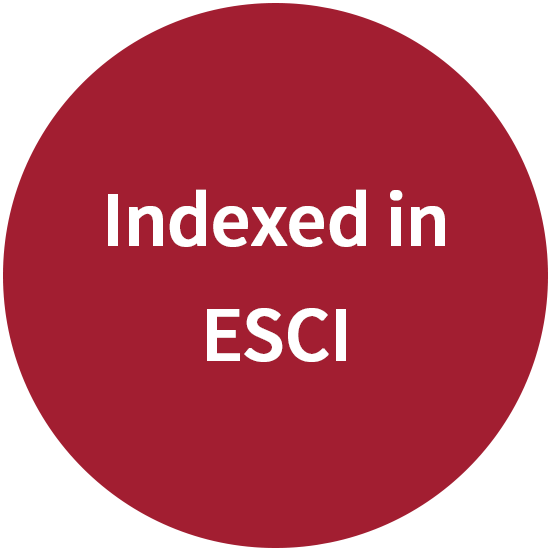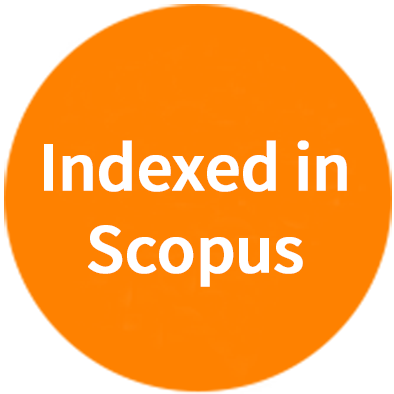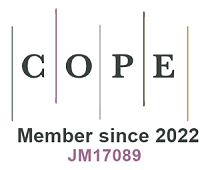Neurofibromatosis type 2-related schwannomatosis: an update
Abstract
Neurofibromatosis type 2-related schwannomatosis was first described in 1822. Although it is a different entity with a distinct presentation, it was initially confused with neurofibromatosis type 1 by our forefathers and continues to be confused by clinicians and patients today. Historically, physicians recognized that some patients presented earlier and had more severe phenotypes (Wishart versus Gardner). This has been better understood through genetic and molecular studies, which indicate that the differences are likely related to mosaicism rather than germline mutations. Recently, the nomenclature was changed to Neurofibromatosis type 2-related schwannomatosis, which is more appropriate. Diagnostic criteria have also been modified with the addition of genetic testing results. Treatment remains a conundrum. Historically, surgery has been the mainstay; however, it is risky for large tumors. Vascular endothelial growth factor inhibitors, such as bevacizumab, have been helpful in reducing the size of acoustic schwannomas and have been shown to preserve hearing, along with alleviating other symptoms. However, the medication has clear toxicities, and patients frequently become dependent on treatment or even develop tumor resistance. Numerous trials are ongoing to investigate reduced dosing regimens of vascular endothelial growth factor inhibitors and alternative molecular targets to determine whether the natural progression of the disease can be altered. Gene therapy is on the horizon.
Keywords
Neurofibromatosis type 2, NF2-related schwannomatosis, schwannomatosis, vestibular schwannoma, meningioma
Cite This Article
Lightner D. Neurofibromatosis type 2-related schwannomatosis: an update. Rare Dis Orphan Drugs J 2025;4:[Accept]. http://dx.doi.org/10.20517/rdodj.2025.11












